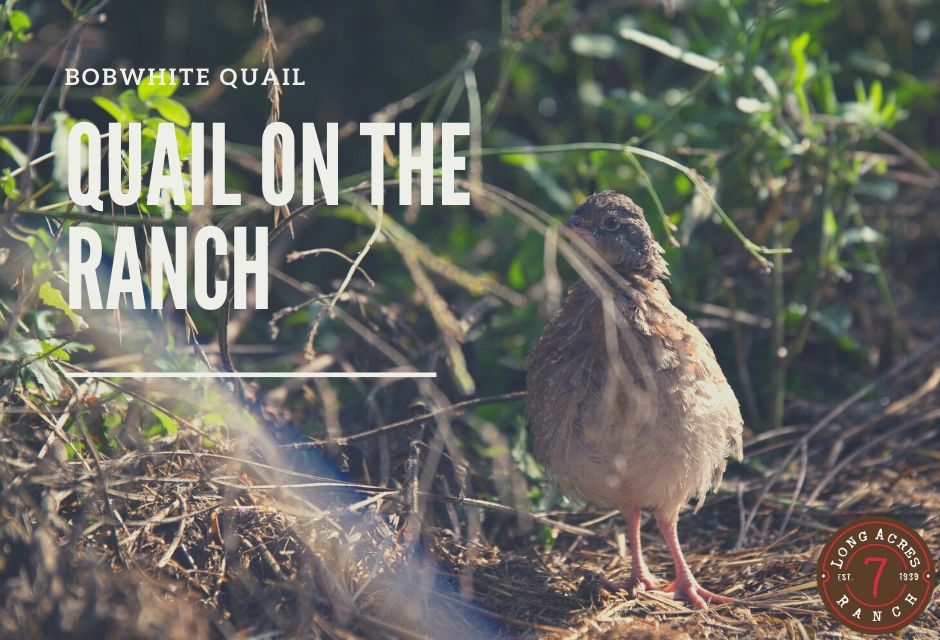If you do a quick Google search, you will find a number of articles on the Bobwhite quail decline. These quail have been studied more heavily the last several decades, trying to pinpoint the reason for the decline. The most widely discussed and accepted theories include invasive fire ants, high predator drive from animals such as hawks, racoons and skunks, and the increasing fragmentation of land for new ranches and/or neighborhoods. The native grasses are being replaced by grasses cattle love…but not so much the quail.
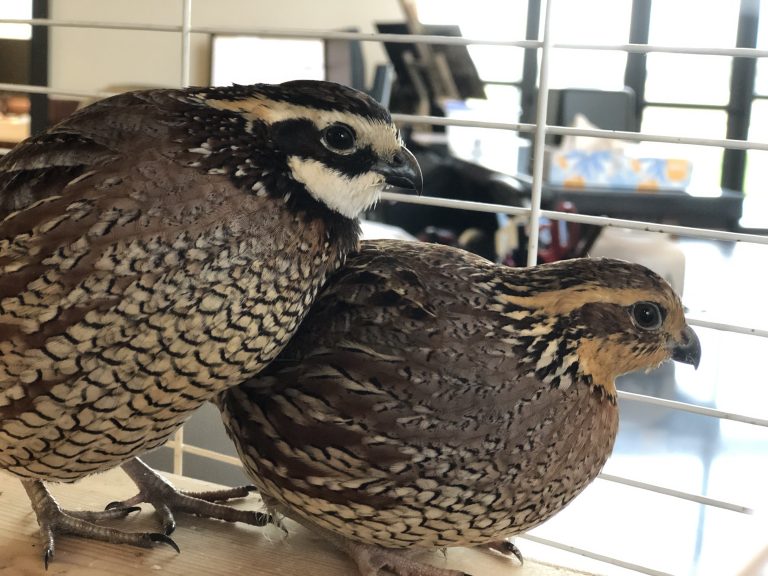
Why spend so much time studying these “canary of the prairie” birds? Quail are indicator species, meaning that their presence indicates a healthy ecosystem. As ecosystems ebb and flow with current climate conditions, so do the quail populations. If there is a lot of rain one year, the forbes are plentiful and so are the quail. As the rain decreases, the forbes become scarcer and there is a drop in the quail population. This is a “boom or bust” pattern.
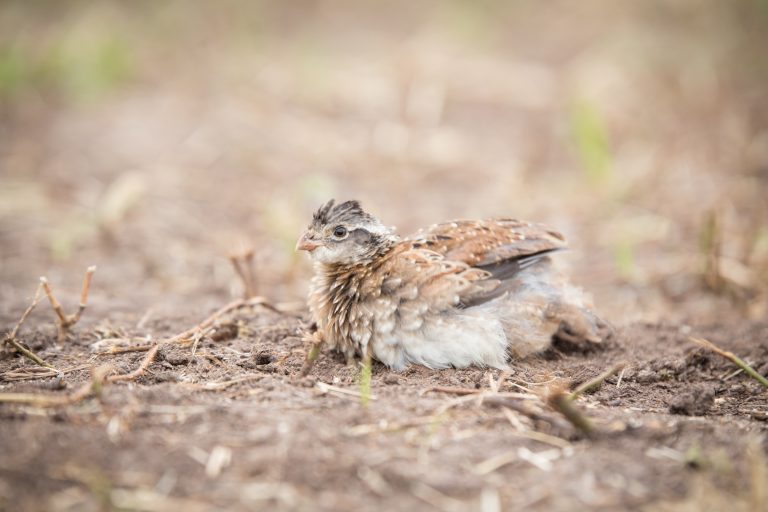
The quail decline is a multi-faceted, ongoing concern. Many believe if we do not do something about it, the Bobwhite quail will disappear forever. One of the best ways to address any concern is through education.
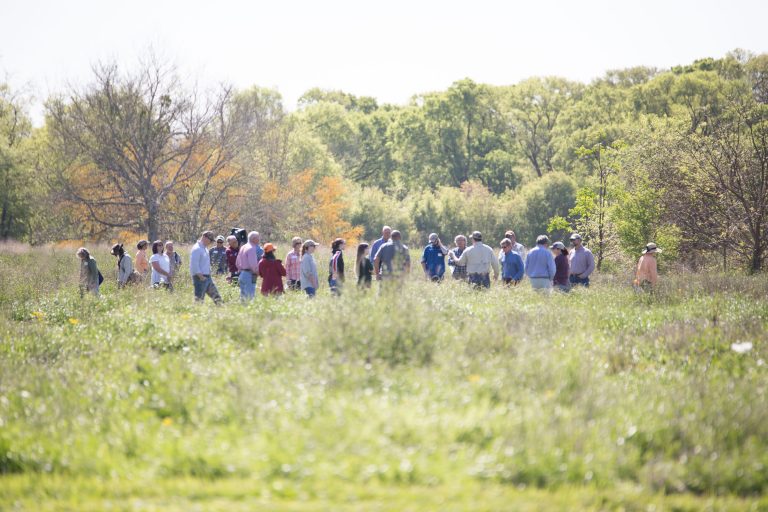
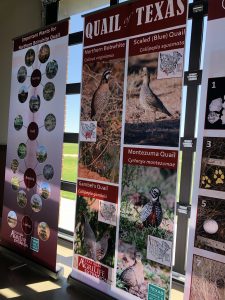
In Texas, one of the 1st grade science standards is to teach about life cycles. Most schools tend to teach the standard using the life cycle of a chicken, because who does not love hatching a baby chick?!?! At LAR, we have partnered up with our local school district for a beneficial relationship to help teach this science concept while bring attention to the quail decline issue. In the spring, every elementary campus is given a brooder box, incubator and quail eggs. Teachers are able to teach the life cycle concept using Bobwhite quail eggs. Once the chicks hatch, and spend a few days with the kids (with many ooohs and aaaahs), they are returned to the ranch where they are put in large brooders to develop further without human contact. Mid-summer, once they are feathered out and it is warm, the quail are released to an area of the ranch that has been restored back to native grasses. Food and water are provided in a secure location for the quail to access, but they are free to come and go.
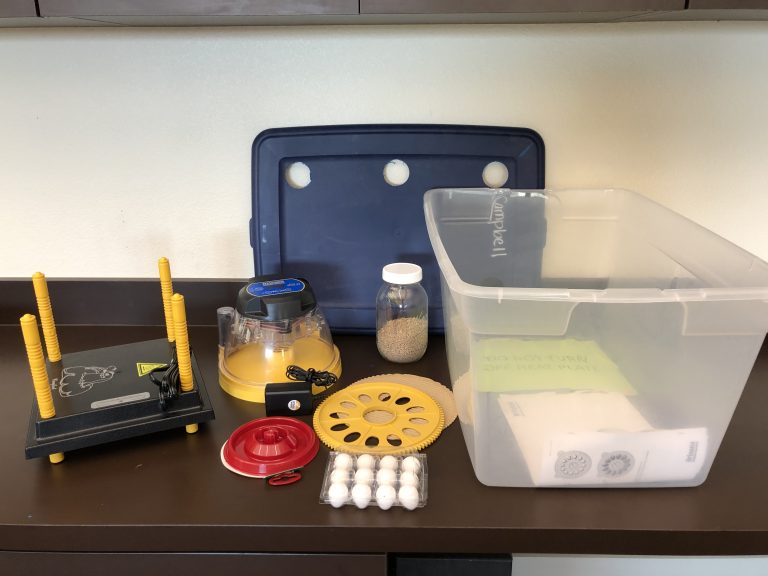
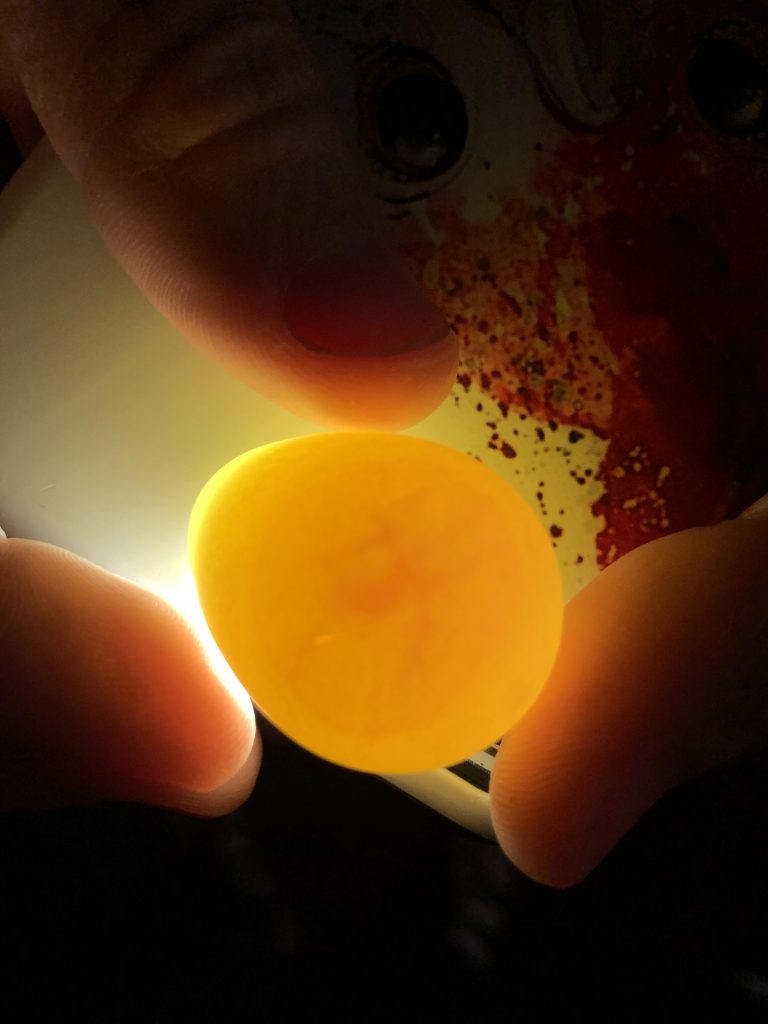
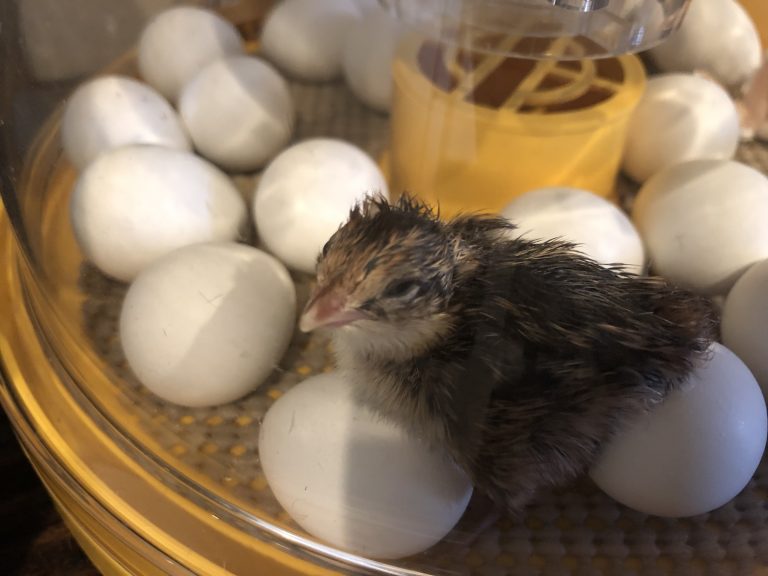
Working with local agencies that are studying quail, we know this is not a perfect/ideal situation. The quail rarely return to the “safe” area once they find their way out. Predators such as coyotes and bobcats now have dinner served on a platter. We are aware of this, but still have hope that a small covey will survive.
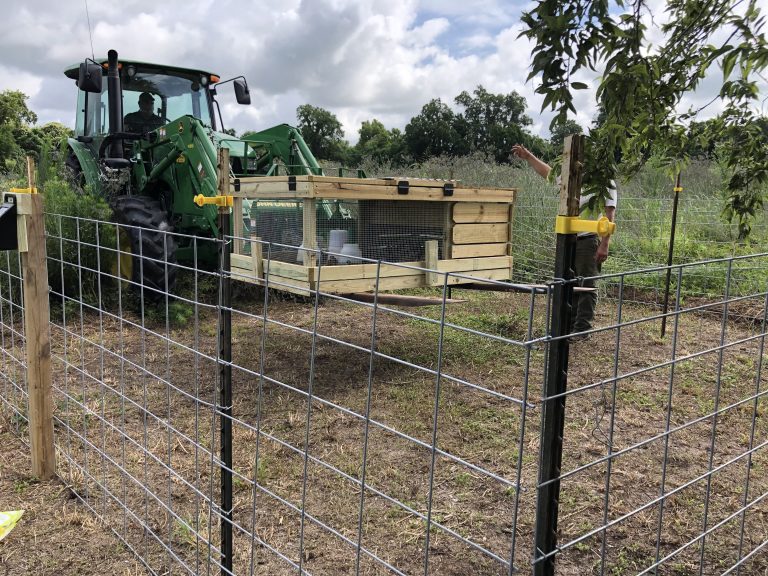
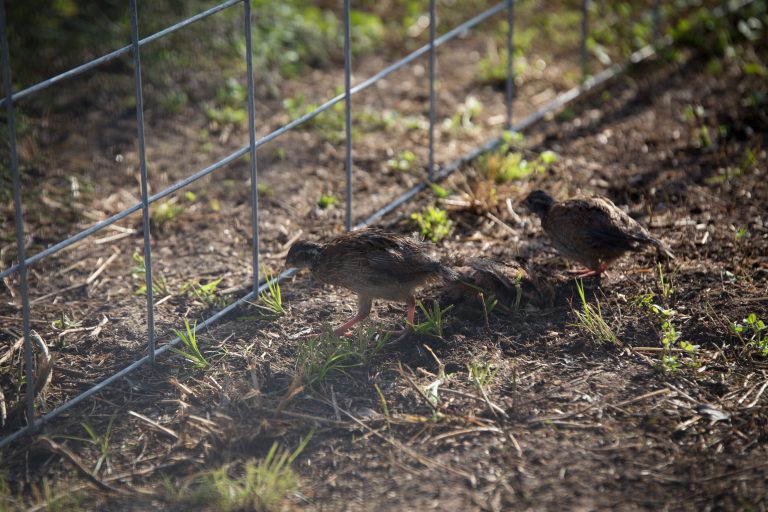
Our expectations are not to bring a large change in the overall quail population, but rather our hope is that by educating the youth about this problem, as they become productive members in society, they will have the knowledge to help deal with the quail decline.
For more information, check out the following publications and websites—
https://nri.tamu.edu/media/2297/enri-007.pdf
https://tpwd.texas.gov/publications/pwdpubs/media/pwd_rp_w7000_1025.pdf
https://dallas.tamu.edu/nri/quail/
https://www.texasmonthly.com/travel/can-bobwhite-quail-saved/

